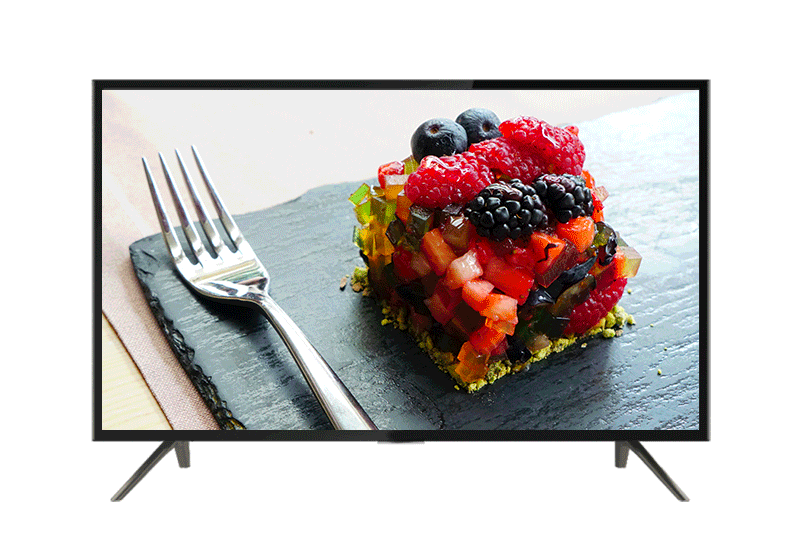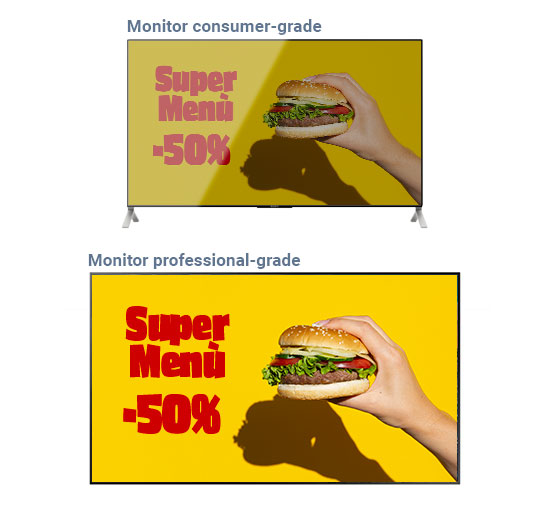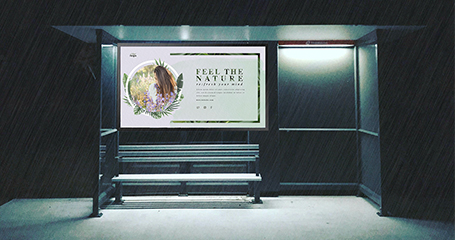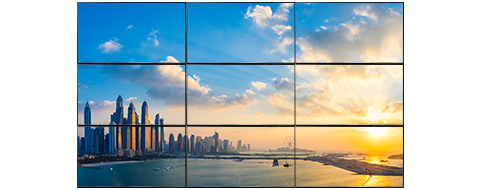Why buy a professional-grade monitor for Digital Signage?

Consumer-grade vs commercial-grade
8 vs 16,18,24
The first fundamental difference lies in the operation, that is the ability of a monitor to operate continuously. Professional monitors are designed to ensure excellent performance even with continuous and intensive operation. There are models that can work flawlessly for 16 hours nonstop, others for 18 hours straight and still others that can withstand 24 hours a day. No risk of shutdown or burn-in. That annoying effect whereby an image left paused on a screen for a long time remains superimposed, interfering with the transmission of new content (as in the image opposite). This is very common in normal televisions as these are designed to run for up to 8 consecutive hours.
In addition, using a monitor for more hours than it was designed for invalidates the warranty.
How can the manufacturer know how many hours I used my screen for? Each display has a life timer that records its operating time (hours of life). If the hours recorded are longer than those indicated in the datasheet, you will no longer be able to enjoy the service benefits afforded by the warranty, even if it is still valid.

Standard VESA
Here is a more in-depth explanation..
In commercial-grade monitors, this measure meets standards that are the same all over the world. In this way, you have the possibility to choose from a wide range of mounts and are sure to always find the right size for your screen.
In the case of consumer-grade displays, however, the VESA standard is not always respected. There can be very different sizes, and this makes it very difficult to find the right bracket.
Every monitor has its own nits
Another fundamental difference is in the brightness. Digital signage monitors can range from 350 to 4000 nits (depending on the product you choose). This way, you are guaranteed to have content that is perfectly visible in all lighting conditions and in any environment. Indoors or outdoors. If, on the other hand, you opt for a standard TV, you can count on a maximum brightness of 300 nits, which is just enough to guarantee optimal visibility indoors. Provided there are no direct light sources. In that case, you will also have to deal with annoying reflections that will make it difficult to view the transmitted content. In professional monitors, this problem does not exist. Most of them, in fact, are equipped with anti-glare panels.
If you want to know the perfect brightness for your monitors,click here.

Energy consumption
Consumer-grade displays, on the other hand, do not present this type of technology because they are created to be used only a few hours a day.
Design is important

Resistance
In outdoor monitors, this difference in structure is even more evident. Having to withstand extreme environmental conditions, this type of screen is housed in an IP65 steel frame with vandal-proof glass, fans and an air conditioner.

Warranty 1 vs 3
In addition to having a longer warranty period, professional monitors have different types of warranties. The application of one or the other depends on the brand that produced your screen. Let’s examine these in detail:
- SWOP Warranty:in case of breakage or malfunction of the monitor, a new one will be sent to you and after a few days, a courier will come to pick up the broken one.
- On-site Warranty: In the event of a fault or malfunction, the manufacturer sends out on-site technicians to repair the monitor. If the technician cannot solve the problem, they will pick it up and take it to service for repair or replacement.
If you are interested in learning more about the warranties for professional monitors, click here.
Internal functionalities
A TV also differs from a commercial-grade monitor in its internal functionality. Let’s take a detailed look at what they are.
- Consumer-grade monitors have a tuner that allows us to watch television programmes broadcast by the public service. If it is a smart TV, we will find several apps for watching films and videos installed. In addition, there are colour correction functions.
- Commercial-grade monitors are equipped with simple in-house digital signage software to create simple combinations of images and videos by scheduling them for publication. In addition, they allow remote control of various functions and can be programmed to switch on and off.
Videowall

RAI fee, yes or no?
And it’s not over yet
Commercial-grade monitors are equipped with integrated digital signage software that allows you to create simple combinations of video and images, scheduling their publication. In addition:
- They have a slot for inserting an internal PC.
- They have the ability to disable the infrared sensor to prevent the screen from being controlled by outsiders.
- Touchscreens are also available to create interactive digital signage experiences.
